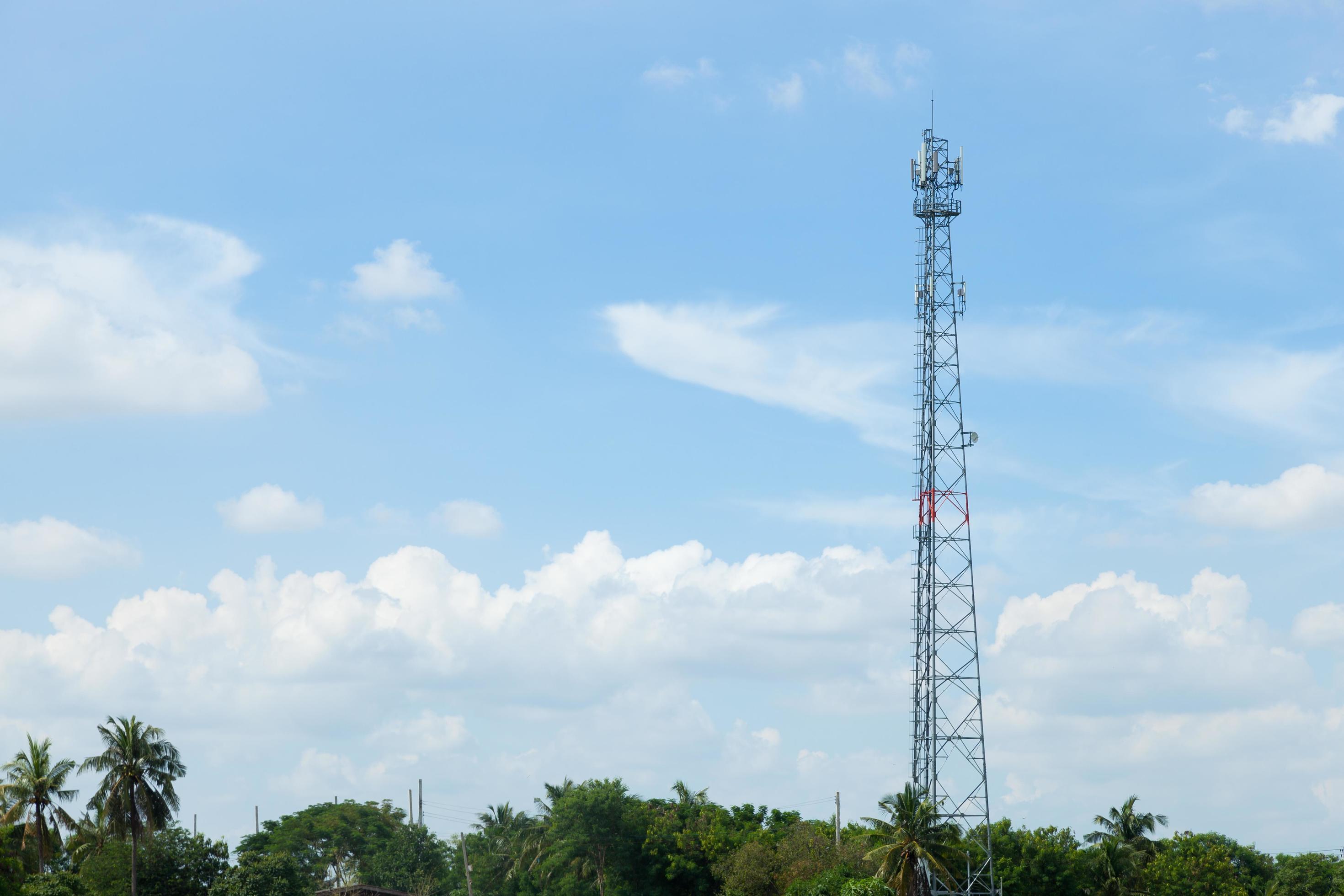The application of ionization devices in lightning rod needle-shaped electrodes.
The lightning rod consists of three parts: an ionization device, connecting wires, and a grounding device. It is designed based on the principle of discharge at the tip of a metal needle-like electrode. Under the influence of the electric field of a thundercloud, when the field strength at the tip reaches a certain value, the surrounding air becomes ionized and, under the influence of the electric field force, moves away, while other air molecules are subsequently ionized. This process continues, resulting in an ionic current flowing from the metal tip to the surroundings. As the potential increases, the ionic current increases exponentially. When lightning appears above the lightning protection device and the protected equipment, the lightning protection device and the nearby ground induce charges that are opposite in polarity to the charges of the thundercloud. The ionization device, equipped with many needle-like electrodes, allows a large amount of ground charge to be emitted by the needle-like electrodes under the influence of the thundercloud electric field, moving towards the thundercloud, neutralizing it and weakening the lightning field, thus preventing the protected object from being struck by lightning. From this, it can be seen that the function of the lightning protection device is to convert the microsecond, kiloampere-level transient process of lightning impact discharge into a slow discharge process at the ampere level, thereby reducing the possible induced overvoltage on the protected object to a harmless level, achieving the goal of "lightning protection and disaster reduction."
The lightning rod consists of an ionization device with many pointed electrodes set above the protected object, a ground current collection device set within the surface layer, and connecting wires that link these two devices. The ionization device roughly maintains the ground potential in the strong electric field of the thundercloud, and the potential difference between it and the nearby air will promote the ionization of the air near the needle tips within the field strength area as the intensity of the thundercloud electric field increases, forming a large amount of space charge. Generally, the lower layer of the thundercloud has negative charges, while the ground induces positive charges. The ionized negative charges are absorbed by the ground current collection device, while the ionized positive charges are attracted and neutralized by the negative charges of the thundercloud, thus achieving lightning suppression.
Tag:
Previous
Previous:
Recommend
Unlocking Connectivity: The Role of Microwave Communication Towers








